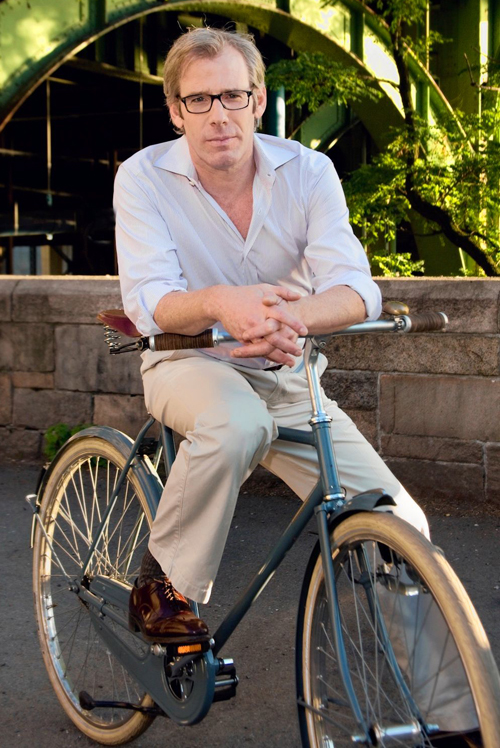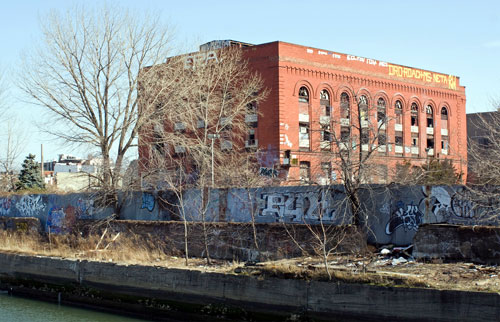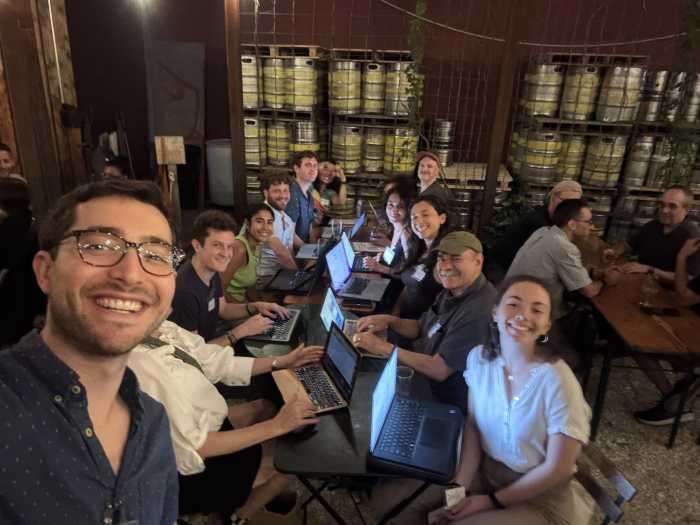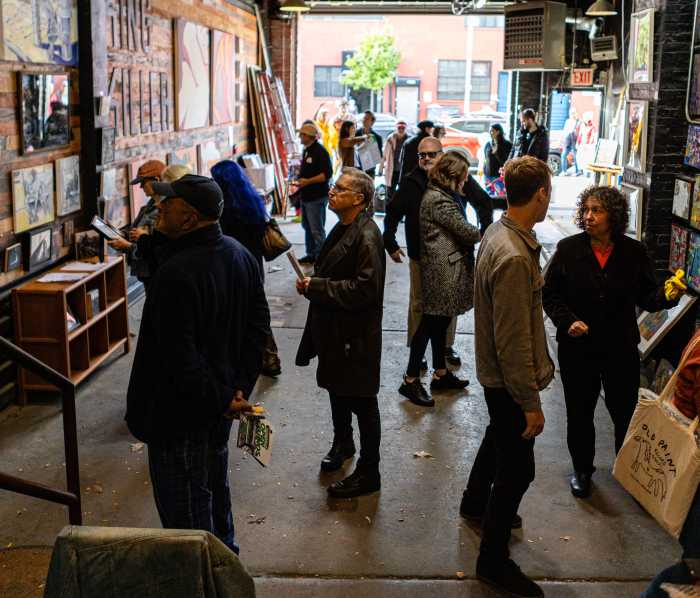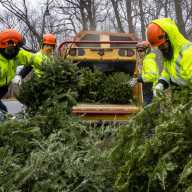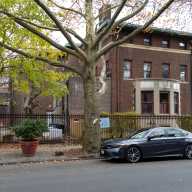The state is set to dig the toxic dirt out from around the Gowanus Batcave, the hulking former subway powerhouse a millionaire wants to turn into an arts complex, but a more pressing problem is keeping out urban adventurers, the rich guy’s spokeswoman said.
The announcement of a plan for a clean-up of the lot on Third Avenue between Carroll and Third streets is the first major step towards breathing new life into the abandoned building since Joshua Rechnitz, the philanthropist behind a failed bid to build a cycling track in Brooklyn Bridge Park, bought it in 2012. The Department of Environmental Conservation’s plan outlines how it would scoop up and cart off the lead, mercury, and other nasty toxins that make the place hazardous to human health and the building needs major structural work. But since the purchase, the new owner’s main challenge has been keeping out the trespassers who have made the brick structure a destination over the last decade, according to spokeswoman Maureen Connelly.
“We have spent the last year securing the building from squatters,” Connelly said.
The lot has been home to a coal-fired power station, a paper mill, and an electrical power station over the past 125 years — and has the heavy metals and coal tar to prove it. But it has sat abandoned since the 1990s and has become a beacon to transients, graffiti writers, and punk rockers who have alternately used it as a crash pad, a canvas, and a venue. The mid-2000s saw plans for a high-rise luxury development called Gowanus Village on the site fall through around the time of the economic collapse, but Rechnitz may have gotten more than he bargained for when he bought the place for $7 million with plans to turn it into some kind of art center.
Throughout the summer leading up to, and even three days after the purchase, the cavernous space played host to a series of generator-powered shows and word-of-mouth parties, the news website Gothamist reported. Nor did the intrusions stop once the new owner had sealed the doors and bricked up the windows. Obsessed urban explorers cut through fences for a look at the heavily photographed post-industrial ruin, prompting Rechnitz to hire round-the-clock security, according to Connelly.
The visits have slowed to a trickle in recent months, she said.
“We have had instances of young people age 14 to 25 — some with backpacks, some with cameras — over the summer, but now that construction to stabilize the building has begun, it really is unsafe,” she said.
The bike-loving heir is tight-lipped about what his project will entail, but Connelly said the ground and building need heavy-duty work before an architect can even begin to lay out Rechnitz’s vision.
Locals say the art space would be a welcome addition to the neighborhood.
“The plan for this property, if successful would further prove that Gowanus is a place for investment,” said Paul Basile, president of the Gowanus Alliance.
The state is taking public comments on its clean-up plan until Feb. 17.
